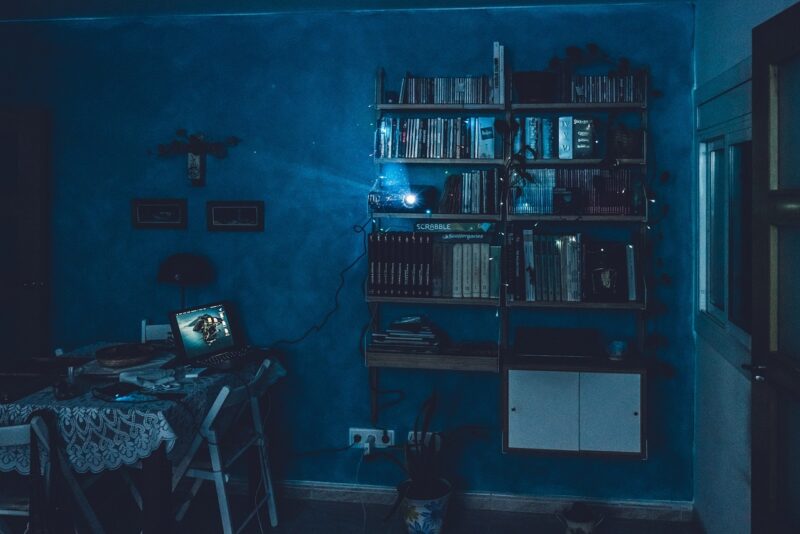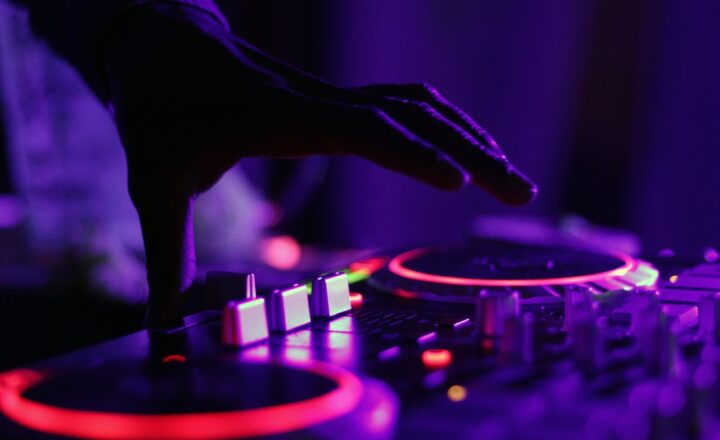
Rihanna’s ascent to pop superstardom in the late 2000s coincided with a seismic shift in the music video landscape. Her impactful visuals, innovative storytelling, and striking aesthetics reshaped the way artists approached their video content, setting new standards for what viewers could expect. In this article, we will delve into how Rihanna’s music videos not only showcased her as an artist but also redefined the pop genre itself during this transformative era.
1. The Rise of the Music Video as an Art Form
Before examining Rihanna’s contribution, it’s essential to understand the cultural context of music videos leading up to her impact. Throughout the late ’90s and early 2000s, music videos were primarily promotional tools. However, with the dawn of the digital age, platforms like YouTube began to revolutionize their accessibility and influence. Artists soon recognized videos as a way not only to promote their songs but to create a distinct artistic identity.
Rihanna’s debut video for “Pon de Replay” (2005) marked the beginning of her innovative approach to visuals. While the video adhered to conventional structures, it glimpsed at her potential to create visually stimulating content that resonated with audiences.
2. Crafting Iconic Visuals: “Umbrella” and Beyond
Rihanna’s transformation into a pop icon truly began with her 2007 hit, “Umbrella” featuring Jay-Z. This music video set the bar for aesthetics and storytelling in pop music. The striking imagery—Rihanna amidst rain, with an umbrella as both a prop and a metaphor—symbolized resilience and empowerment.
Key visual elements of the “Umbrella” video include:
- Dramatic cinematography and choreography that emphasized the themes of unity and strength.
- A distinctive color palette, combining muted tones with striking flashes of color that matched the song’s energy.
- Creative imagery that blended fashion and storytelling, positioning Rihanna not only as a musician but as a trendsetter and cultural icon.
The video influenced countless artists, illustrating the power of a well-crafted visual narrative to elevate a song’s emotional resonance and chart performance.
3. Exploring Diverse Themes and Genres
Rihanna’s ability to traverse various musical genres is mirrored in her music videos. Her willingness to explore and depict diverse themes contributed significantly to her redefinition of pop. For instance, in “Disturbia” (2008), she ventured into darker, psychological territory, embodying feelings of anxiety and fear through vivid imagery.
The choreography, combined with the haunting visual style, solidified the song’s message and showcased a depth that was often absent in mainstream pop videos at the time. By tackling themes of emotional struggle and identity, she opened the door for other artists to depict complex narratives in their content.
4. Breaking Down Barriers: Collaborations and Intersectionality
Rihanna’s collaborations with artists across genres and nationalities further expanded the scope of pop music videos. Songs like “Rude Boy” (2010) and “We Found Love” (2011) featured cultural motifs that represented a fusion of influences. The visuals for these tracks showcased vibrant colors, bold designs, and lively settings that reflected Caribbean and urban influences, breaking down barriers between genres.
This cross-pollination of ideas not only enriched her music but also inspired other artists to embrace their cultural roots and collaborate fearlessly, making pop music more inclusive.
5. Embracing Feminism and Body Positivity
Rihanna’s music videos also became a platform for promoting body positivity and feminism. The video for “S&M” (2011) is a prime example, pushing boundaries with provocative imagery and themes of sexual liberation. Challenging societal norms, Rihanna’s unapologetic embrace of her sexuality allowed her to become a provocative figure in pop culture.
In this video, she advocated for body confidence and personal freedom, providing representation for those who felt marginalized by the mainstream. This bold assertion of selfhood resonated with many and laid the groundwork for subsequent pop artists to leverage their platforms for social commentary.
6. The Legacy of Rihanna’s Impact
Rihanna’s influence on the music video landscape during the late 2000s is undeniable. She not only redefined pop aesthetics but also shifted the narrative by introducing deeper, more meaningful storytelling. As she embraced innovative production techniques and diverse themes, she paved the way for future artists to experiment with their visual presentations.
In an era dominated by social media, Rihanna’s music videos continue to have a lasting impact. They serve not only as artistic expressions but also as cultural commentaries, exemplifying the evolving relationship between music and visual storytelling.
Conclusion
Rihanna’s contribution to the music video industry in the late 2000s was transformative—a potent mix of artistry, innovation, and cultural relevance. Her music videos captured the zeitgeist of the era, embodying ideals of empowerment, diversity, and self-expression. As we look back, it’s clear that Rihanna didn’t just join pop culture; she redefined it, cementing her position as an enduring icon in the music industry. Today, artists across the spectrum look to her not just for inspiration but as a blueprint for how to integrate visual storytelling into their music. By intertwining powerful narratives with a distinctive artistic voice, Rihanna reshaped the future of pop music videos and left an indelible mark on popular culture.
Whether through dramatic visuals or narrative-driven content, Rihanna continues to be a beacon of innovation in an ever-evolving industry, inspiring countless artists to pursue their creative visions fearlessly.






